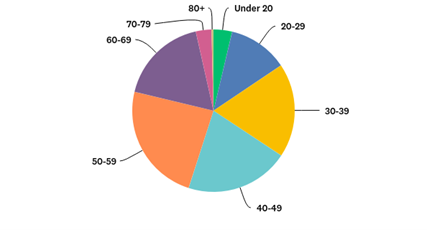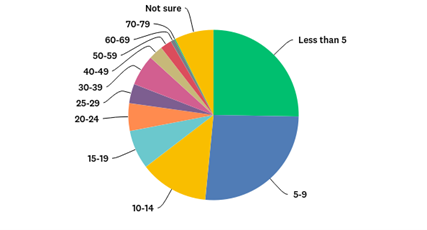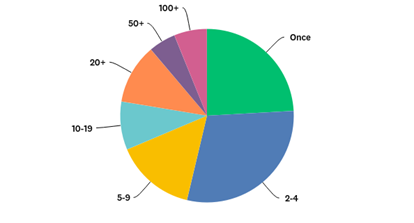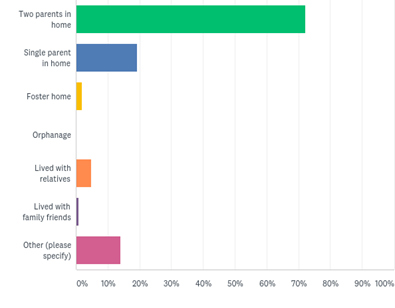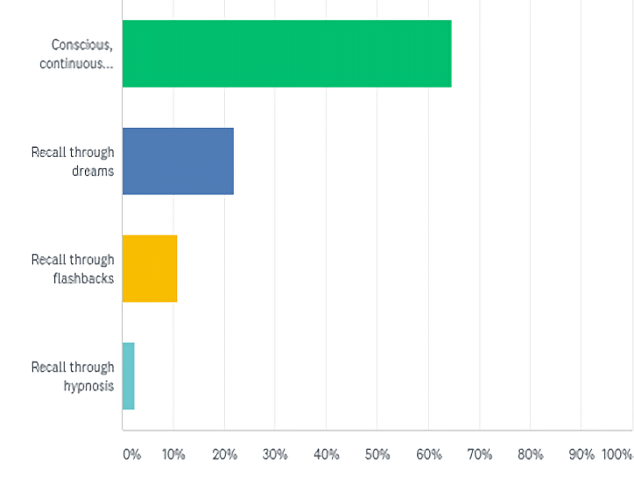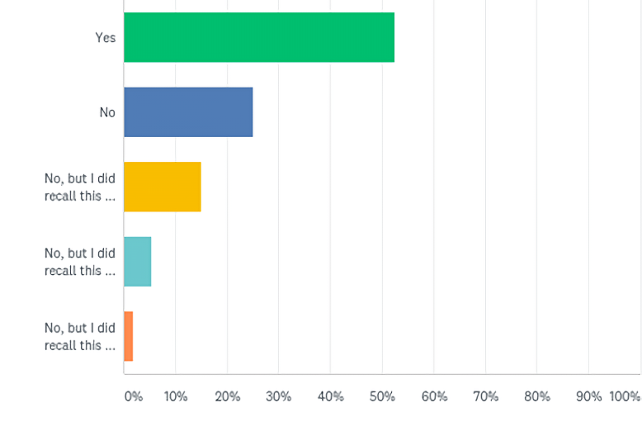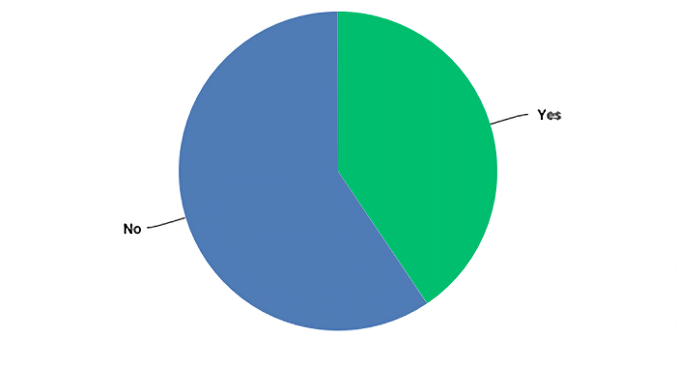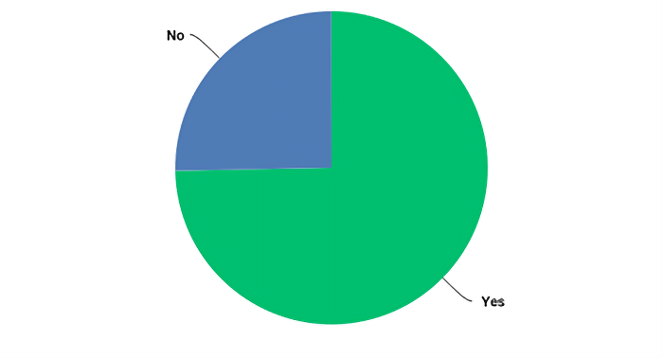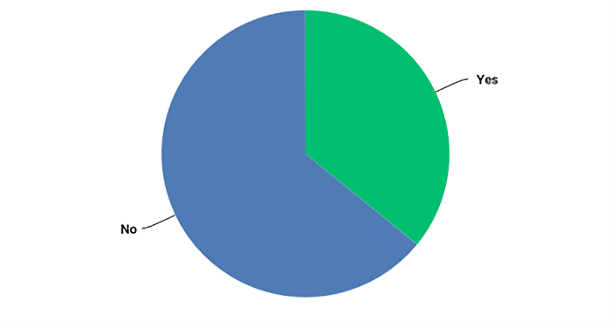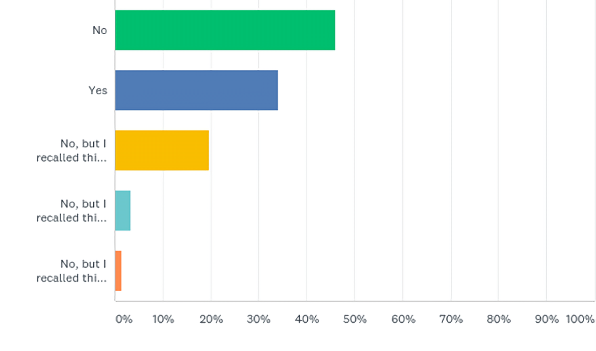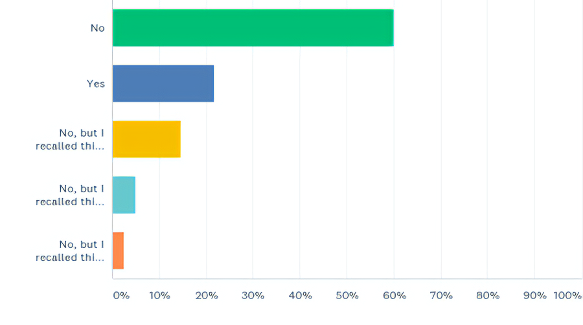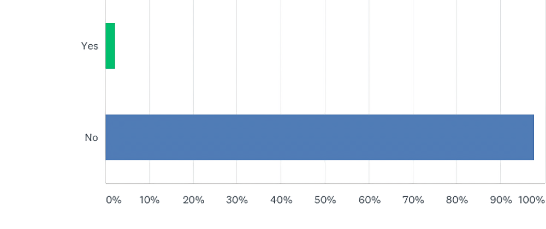Abstract: MUFON Experiencer Research Team members Michael Austin Melton, PsyD., Robert Upson, D.CH., Craig Lang, M.S., Denise Stoner, A.A., ERT Director Kathleen Marden, B.A., and Don C. Donderi, Ph.D. a retired associate professor in the Department of Psychology at McGill University, Montreal, Quebec completed two phase, multi-year, comprehensive study on individuals who have reported experiencing various types of contact with nonhuman entities of purported extraterrestrial origin. Dr. Donderi administered the American Personality Inventory, a test developed by Ted Davis and the late Budd Hopkins in collaboration with Dr. Donderi, to identify abductees as a separate group who exhibit the symptoms of “UFO Abduction Syndrome” as a separate group from simulators and the general public. Their responses are compared and contrasted with the responses from “contactees” who had reported either positive interaction with benevolent non-physical entities or highly negative contact phenomena. The research team identified the differences between the groups in an attempt to obtain qualitative and quantitative data on experiencers of contact with nonhuman entities. We collected qualitative data on the messages that alleged nonhuman entities have imparted to experiencers regarding the implications for humanity’s future.
The MUFON ERT's Experiencer Survey and A.P.I.: What Experiencers Tell Us About Their Experiences and The Implications For Humanity’s Future
By Kathleen Marden, B.A., Don C. Donderi, Ph.D., Michael Austin Melton, Psy.D., Robert Upson, D.CH., Craig Lang, M.S.,
and Denise Stoner A.A.
In 2018 MUFON’s Experiencer Research Team (ERT) completed a comprehensive multi-year study on UFO abduction and ET contact experiencers. It was a two-phase study designed to obtain general statistical data, and to compare two groups of experiencers. The proposal for the study was approved by MUFON’s Board of Directors in 2015, and the survey was posted to MUFON’s website on July 27 of that year. We used Survey Monkey, an online application that is readily available to participants and automatically calculates statistical data. The raw statistics provided a platform for the further analysis of the data. We set target number of 500 completed questionnaires. In total 516 were analyzed statistically.
Survey takers were instructed to read and agree to cautionary statements and requirements for participation in an informed consent agreement. The clause advised participants that they might experience increased anxiety due to the nature of the questions. Potential survey takers were advised that the minimum requirement for participation was recall of the nonhuman entities they encountered, and the procedures performed in an alien environment. A link to the ERT’s 30 question “Experiencer Questionnaire” was offered for those that did not meet the minimum requirements but wished to speak with a member of the ERT, who offered nonjudgmental listening in a supportive manner.
ERT members Craig Lang, MS (1956-2018), Michael Austin Melton, PhD (former member), Robert Upson, DCH, Denise Stoner, and I (Kathleen Marden) developed 118 questions for the “Experiencer Survey.” Our objective was to identify a variety of characteristics that experiencers share and to collect statistical data that would be of value to MUFON investigators, researchers, and experiencers alike. Our questions were straightforward and pertained to the abduction/contact experience, based upon our investigative findings, the historical findings of other investigators, the psychological research findings in a variety of academic studies, and the postulates offered by prominent skeptics. The survey questions pertained to demographics, family structure, generational contact, religious/spiritual beliefs, emotional impact, medical impact, psychic and paranormal phenomena, perceived treatment by NHI (nonhuman intelligence or intelligent) entities, description of NHI, the contact experience, MILABS, and messages from NHI.
The greatest problem with a survey of this type is the inability to measure the psychological functioning of its participants and the veracity of the statistical data. Given the opportunity for hoaxers (fakers) and delusional people to participate in the study, we developed trick questions to identify and exclude this category of participant. The questions were carefully worded and presented to prevent false positive or false negative responses. All incomplete questionnaires and those identified as completed by fakers were eliminated.
The study was advertised in the MUFON UFO Journal, on Kathleen’s Facebook page, at her website, and in some of her media interviews. MUFON’s ERT encouraged the experiencers they counseled to complete the survey if they met the criteria for participation. We intentionally did not elicit participation from contactees who practiced astral travel, conscious contact with non-physical entities, remote viewing, and shamanic drug induced contact.
Dr. Don C. Donderi, a retired associate professor in the Department of Psychology at McGill University, Montreal, Quebec, worked on Phase 2 of our study, the “American Personality Inventory” (API). One hundred and eighty eight of the survey participants agreed to take part in the next phase of our survey. The API is a standardized measure developed by Ted Davis, a clinical social worker, and Budd Hopkins (1931-2011), a distinguished Abstract Expressionist artist and UFO abduction researcher from New York City, as an indicator of UFO Abduction Syndrome. Davis and Hopkins used the Minnesota Multiphasic Personality Inventory as a model for the API. Dr. Donderi collaborated with them by enlisting the assistance of students at McGill University as control groups for the evaluation and standardization of the statistical portion of the test.
During the development of the API the researchers obtained responses to 608 true/false questions from 52 self-reported abductees and compared their responses to 75 non-abductee controls and 26 simulators who knew the common characteristics that pertain to experiencers of UFO abductions but had not had an experience themselves. Dr. Donderi completed a statistical analysis of the three group’s responses and a subset of 65 questions were identified for the standardized measure.
We were surprised to find that Dr. Donderi’s API analysis in phase 2 of MUFON’s study did not yield the anticipated results. No one obtained a score close to the simulator or non-abductee targets. However, Phase 1 of the study identified and eliminated hoaxers, so this could explain the surprising results. Many scored close to the abductee target, but others were distributed along a wide range in reference to the UFO Abduction Syndrome target. For this reason, Dr. Donderi and Kathleen compared the responses of the 20 highest scorers to the 20 lowest scorers in an effort to identify the variances between the two groups. The 20 participants who scored closest to the target were identified as the “abductee group” because they met the criteria for UFO abduction syndrome. The 20 lowest scorers (outliers but having some of the characteristics of UFO Abduction Syndrome), were labeled the “contactee group,” because the majority indicated that their contact was positive. However, five members of this group reported contact of a highly negative nature. Phase 2 survey analytics, where applicable, are interspersed throughout this paper.
We discovered that the phase 2 “abductee group” shares a unique set of characteristics that are prevalent at a statistically higher rate that is seen in the phase 1 survey takers and the phase 2 “contactee group.” These include generational contact, increased psychic ability, increased paranormal activity, and the condition of being empathic (a psychic sense of the energy, emotions, or physical well-being of other people.) You will become aware of additional statistically significant qualities of this special group as you read this paper.
Demographic Data
The phase 1 Experiencer Survey participants were evenly divided between men and women. The phase 2 “abductee group” was evenly distributed, but the phase 2 “contactee group” had 14 males and 6 females. We received completed surveys from participants residing in 7-time zones around the globe. They are as follows: Eastern: 31%, Central: 21%, Pacific: 13%, and Mountain: 7%. The remaining 28% were widely distributed.
Ten racial groups and many mixed-race groups were represented. They are as follows: Northern European Caucasian: 81%, Southern European Caucasian: 22%, Native American: 18%, African: 4%, Asian: 3%, Australian: 2%, East Indian: 1%, Arabic: 1%, Eskimo: less than 1% and Aborigine: less than 1%.
